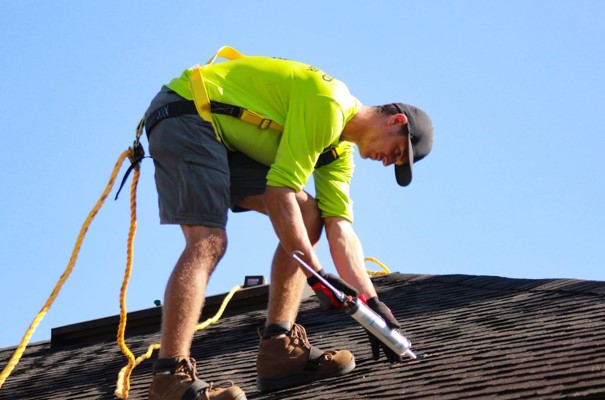A sturdy roof is one of the most vital components of any home. Not only does it protect you from the elements, but it also adds to the overall value and aesthetics of your property. However, maintaining a strong roof requires more than just good luck. You need to be proactive and informed about the best practices for roof care. In this blog post, we’ll explore four must-know tips for maintaining and enhancing the strength of your roof.
1. Regular Inspections Are Crucial
Detect Early Signs of Damage
Regular inspections are essential for detecting early signs of damage that could escalate into major issues. Spotting problems early can save you money in the long run and extend the life of your roof. Look out for missing shingles, cracked tiles, and any discoloration that may indicate water damage.
How to Conduct a Basic Roof Inspection
You don’t need to be a professional to conduct a basic roof inspection. Start by visually examining your roof from the ground using binoculars. Check for any obvious signs of damage or wear. Next, safely use a ladder to get a closer look if necessary. Remember to inspect the gutters for debris, as clogged gutters can lead to water damage.
When to Call a Professional
While DIY inspections are great, some situations require professional attention. If you notice significant issues like large areas of missing shingles, sagging, or extensive water damage, it’s time to call in roofers who can help you out. Professionals have the tools and expertise to identify problems that might not be visible to the untrained eye.
2. Proper Maintenance Prevents Common Issues
The Role of Regular Maintenance
Regular maintenance is key to preventing common roofing issues such as leaks and mold growth. By staying on top of maintenance tasks, you can address minor problems before they become major headaches. A well-maintained roof is more resilient and lasts longer.
Checklist of Maintenance Tasks
Homeowners can perform several maintenance tasks to ensure their roof remains in good condition. Keep gutters clean to prevent water buildup. Trim overhanging branches to avoid damage from falling limbs. Remove debris like leaves and twigs from the roof surface. Additionally, check for any signs of animal activity, as critters can cause significant damage.
Seasonal Maintenance Tips
Different seasons bring different challenges to your roof. In the fall, ensure your gutters are clear of leaves. During winter, watch for ice dams that can cause leaks. Spring is the perfect time for a thorough inspection after the harsh winter months. Summer is ideal for addressing any repairs or upgrades.
3. Quality Materials and Installation Matter
Why Quality Materials Are Important
Using high-quality materials is crucial for a strong and durable roof. Low-quality materials may save you money upfront but can lead to costly repairs down the line. High-quality shingles, underlayment, and flashing provide better protection against the elements.
Choosing the Right Materials
When selecting roofing materials, consider factors like climate, budget, and aesthetics. Asphalt shingles are a popular choice due to their affordability and durability. Metal roofs offer excellent longevity and are energy-efficient. Tile and slate are also durable options but come with higher costs.
Importance of Professional Installation
Even the best materials won’t perform well if they’re not installed correctly. Hiring a reputable contractor ensures that your roof is installed to industry standards. Look for contractors with good reviews, proper licensing, and insurance. Don’t hesitate to ask for references and view past projects.
4. Addressing Repairs Promptly
The Need for Timely Repairs
Addressing repairs promptly is essential for maintaining the integrity of your roof. Small issues like minor leaks or a few missing shingles can quickly escalate into major problems if left unattended. Timely repairs prevent further damage and extend the lifespan of your roof.
Identifying When Repairs Are Needed
Knowing when your roof needs repairs can save you from costly replacements. Look out for signs such as water stains on ceilings, missing or damaged shingles, and visible wear around chimneys and vents. If you notice any of these signs, it’s time to take action.
Temporary Solutions
While waiting for professional repairs, there are temporary solutions you can implement to minimize damage. Use roofing cement to patch minor leaks. Cover exposed areas with a tarp to prevent water intrusion. However, these are short-term fixes and should not replace professional repairs.
Maintaining a strong roof is not just about aesthetics; it’s about safety, longevity, and value. Regular inspections, proper maintenance, quality materials, and timely repairs are essential for a durable roof. Following these four must-know tips can ensure that your roof remains in top condition for years to come. Invest in your roof today for a safer, more secure home tomorrow.










